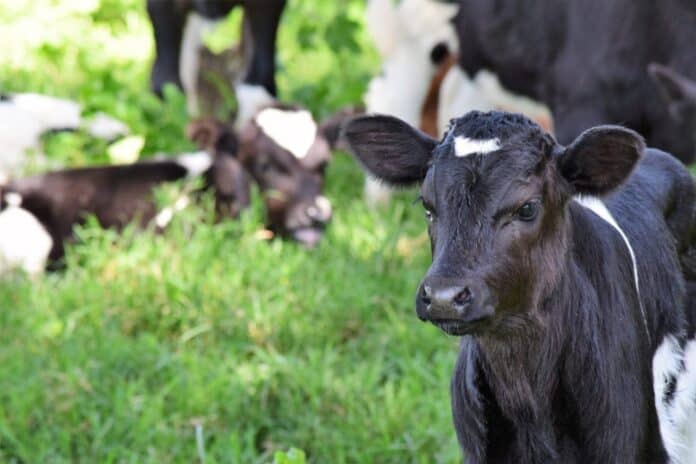Virginia Tech researchers are helping lead a new state initiative that tackles one of the Chesapeake Bay’s most persistent environmental challenges: nutrient pollution from nonpoint sources.
Partnering with the Virginia Department of Environmental Quality and the Virginia State Dairymen’s Association, researchers from the Department of Agricultural and Applied Economics in the College of Agriculture and Life Sciences are helping develop a $20 million Pay-for-Outcomes Nonpoint Source Pollution Reduction pilot program. The program is designed to create incentives for landowners to measurably reduce nutrient runoff.
“Rather than pay a landowner to install a practice, this program pays people directly to reduce nutrients,” said Kurt Stephenson, professor of agricultural and applied economics. “The state identifies applicants who can do this for the lowest price while providing assurances that reductions are actually made.”
Nutrient pollution — particularly nitrogen and phosphorus from diffuse, nonpoint sources such as roads, rooftops, and agricultural fields — has long disrupted the ecological balance of the Chesapeake Bay. These excess nutrients can fuel harmful algal blooms and lower oxygen levels, threatening aquatic life and water quality. The pilot program represents a new approach in addressing this challenge by focusing on outcomes rather than prescribed practices.
The Virginia Tech team designed a nutrient mass balance accounting system that tracks the nitrogen and phosphorus entering and leaving each farm as well as a payment structure to incentivize the reduction of nitrogen surpluses on farms. By understanding the relative size of the different stores of on-farm nutrients, producers can make informed decisions about where and how to reduce excess.
“A mass balance isn’t just a scientific concept — it’s the key to understanding how nutrients flow through these systems,” said Zach Easton, professor in the Department of Biological Systems Engineering. “By tracking what enters and exits each farm, we can estimate nutrient reductions with confidence, while identifying solutions that improve water quality and farm sustainability.”
Eric Paulson, executive director of the Virginia State Dairymen’s Association, said whether it’s fine-tuning feed, managing manure smarter, or dialing in fertilizer use, this program rewards real results.
“We’re excited to help more producers, especially those who haven’t been involved in conservation programs before, take advantage of this opportunity,” he said.
The program allows agricultural producers to customize nutrient reduction strategies based on their specific farm conditions while also establishing practical methods for estimating and paying for the reduction of pollutants.
“Every farm operates under different conditions, and we knew that a one-size-fits-all approach wouldn’t work,” said Robin White, associate professor in the School of Animal Sciences.
Of the 30 applications received by the Virginia Department of Environmental Quality, nine projects were awarded a total of $19 million in grants. Each awarded project is set to make a significant dent in the pollution entering the bay. The pilot program is expected to prevent 580,000 pounds of nitrogen from reaching the bay’s waters — the equivalent of runoff from roughly 52,000 acres of parking lots and rooftops in just one year.
One of these grants went to MOVA Technologies, a company founded and staffed mostly by Virginia Tech alumni, that creates new and sustainable air filtration products.
“Our project introduces a novel method for filtering and capturing ammonia gas — a significant source of nitrogen pollution — from inside poultry houses,” said Steven Critchfield ’80, MOVA founder and an alumnus of the Department of Agricultural and Applied Economics. “This unique approach not only prevents ammonia from being released into the environment, where it can harm land and water systems, but also enhances bird health and boosts producer profitability.”
By intercepting emissions at the source, the project will prevent the release of ammonia equivalent to approximately 47,100 pounds of nitrogen into the Chesapeake Bay. The captured ammonia can then be repurposed as fertilizer or converted into energy for use in industries such as vertical farming.
The initial round of projects will serve as a model for the future, proving that by working with producers, environmental restoration can be a reality.
The Virginia Department of Environmental Quality’s Pay-for-Outcomes program was motivated partly by a recent report released by the Chesapeake Bay’s Scientific and Technical Advisory Committee that concluded new policy approaches like a “pay for performance” program are needed to make progress on meeting Bay nutrient reduction goals. Stephenson and Easton were co-authors of this report.
By Melissa Vidmar


